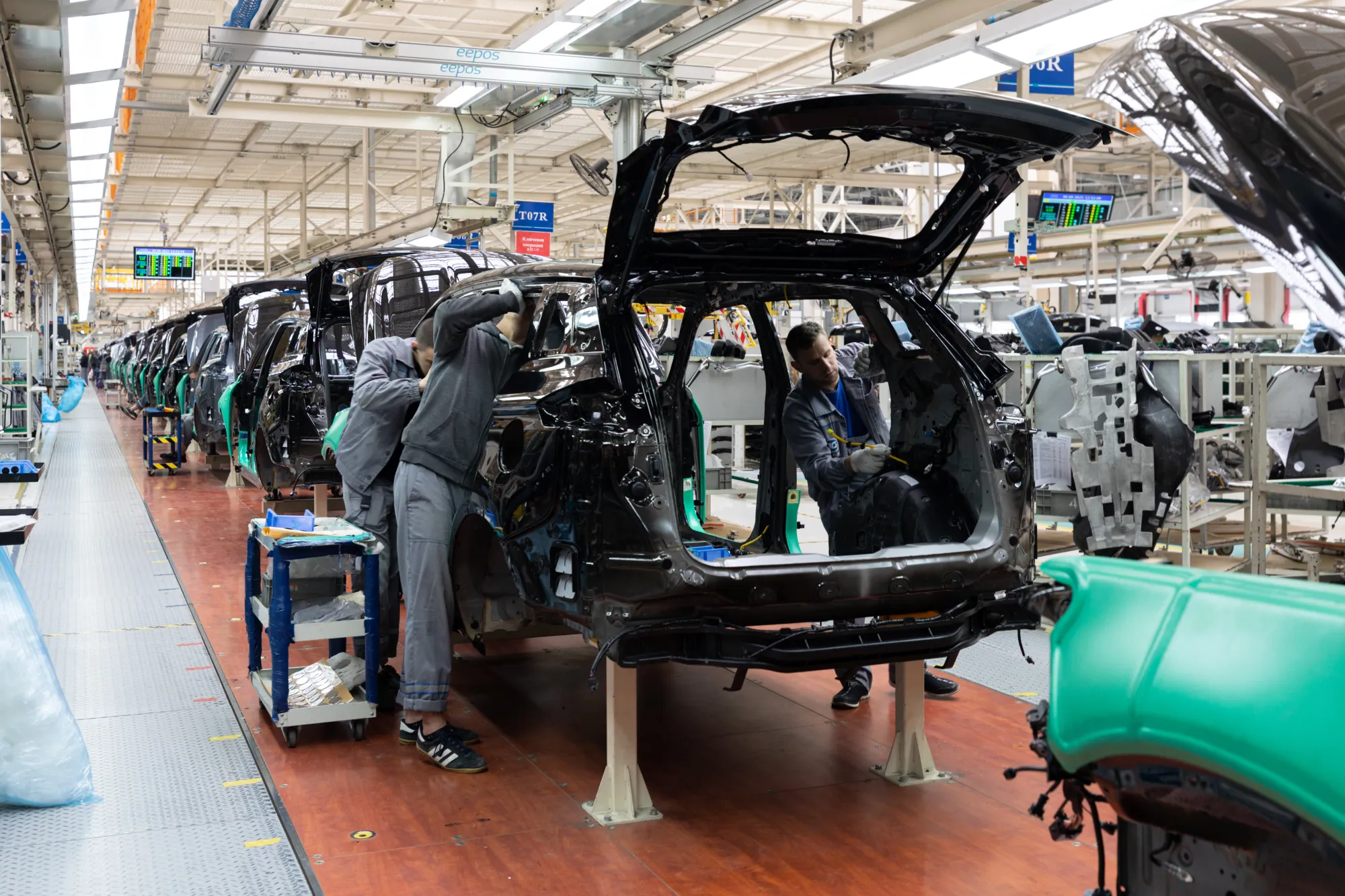
An image of worker doing work.
Division of Labour
What is the Division of Labour?
The division of labour is the process of splitting a job into smaller, interconnected tasks and assigning each task to an individual worker, thereby generating efficiency gains due to the positive effects of specialisation. In other words. it is the separation of a work process into a number of tasks with each task performed by a separate person or group of persons. Division of labour involves workers specialising.
This concept has been around for centuries, and it has played a crucial role in the development of many industries and businesses.
The Concept of Division of Labour
Adam Smith first introduced the concept of division of labour in his work, An Inquiry into the Nature and Causes of the Wealth of Nations (1776). He claimed that the greatest improvements are possible in the productivity of workers through division of labour. He described how the production of pins would benefit from the application of the division of labour in a pin factory. He suggested that pin making could be divided into 18 distinct operations such as sharpening the pinheads or attaching the heads to the pins and that, if each employee carried out only one of the operations, production would rise to 5000 pins per employee per day. He had estimated that each employee would be able to produce only a few dozen (about 50) pins each day if they produced pins individually. By dividing the task into smaller parts, the factory was able to produce a large number of pins at a lower cost.
In the 1920s, Henry Ford used division of labour in the the assembly line to increase the ouput of motor cars.

Division of Labour in the Modern World
Modern manufacturing processes are usually split up into a number of tasks. For example, in a garment factory, each worker produces one part of an item of clothing such as a shirt sleeve, the front part or button holes. This division of labour is usually quicker and cheaper than having one person complete each garment on their own.
Benefits of Division of Labour
There are several benefits of division of labour, including:
Increased Productivity
Division of labour allows workers to specialize in their tasks, which increases their productivity. When each worker is responsible for a specific task, they can become highly skilled at it, resulting in higher output per worker. This would reduce the average cost of production leading to better systems of mass production.
Time Saving
When a worker focuses on one task only, it reduces the wastage of time in switching the tasks by workers. Also less time is needed to train workers in one task. This time saving helps the businesses to produce more output in short amount of time.
Cost Reduction
Division of labour can reduce cost by making the production process more efficient. When workers become specialized in their tasks, they can complete them more quickly and accurately, reducing the need for additional labour and equipment.
Quality Improvement
Division of labour can also improve the quality of goods and services produced. When workers specialize in their tasks (crafts), they become highly skilled, resulting in higher-quality output.
Creation of many Occupations
Division of labour create many occupations because for each task a specialised worker is needed. Also it becomes easy for firms to replace workers as newcomers have to be trained in one task only which takes less training time.
Examples of Division of Labor
Division of labour can be implemented in various industries, including manufacturing, healthcare, and education. Here are some examples of how it can be implemented:
Manufacturing
In manufacturing, division of labour can be implemented by breaking down the production process into smaller tasks. Each worker can then be assigned a specific task, such as assembly or quality control, resulting in a more efficient system of mass production.
Healthcare
In healthcare, division of labour can be implemented by assigning different tasks to different healthcare professionals. For example, nurses can be responsible for administering medication and taking vital signs, while doctors can focus on diagnosing and treating patients. This allows healthcare professionals to specialize in their tasks, resulting in better patient care.
Education
In education, division of labour can be implemented by assigning specific tasks to teachers and staff members. For example, teachers can be responsible for teaching specific subjects, while administrative staff can handle tasks such as scheduling and record-keeping. This allows teachers to focus on teaching, resulting in a better education system.
Challenges of Division of Labour
While division of labour offers several benefits, there are also some challenges associated with it. These challenges include:
Monotony
Division of labour often creates dissatisfaction among the workforce as they can get bored performing the same tasks each day. This can lead to a decrease in productivity and quality of output. Higher wages or other methods of motivation can reduce this effect.
Lack of Flexibility
If workers specialise too much it may be difficult for them to switch to performing other tasks when there is a need to cover for sick colleagues on training courses or when demand changes. It becomes difficult for businesses to do tasks that fall outside of the designated tasks of each worker. This lack of flexibility can lead to delays and inefficiencies in the production process.
Dependency on Specialized Workers
When workers become specialized in their tasks, it can create a dependency on those workers. If one worker is absent or leaves the company, it can be challenging to find a replacement with the same level of skill and efficiency.
Reduced Job Satisfaction
Some claim that by breaking production into a series of separate and simple tasks, workers are not challenged and are not able to gain sufficient job satisfaction.
Conclusion
In conclusion, division of labor is an important business concept that can greatly enhance efficiency and productivity in various industries. By breaking down a job into smaller, more manageable tasks, businesses can produce more goods and services in a shorter amount of time, reduce costs, and improve the quality of output. Division of labour can help firms and hence a country in increasing output to get benefit of comaprative advanatge and international trade.


